During the June 2025 summit in Canada, G7 leaders (Canada, France, Germany, Italy, Japan, the UK, the U.S.) endorsed a Five‑Point Plan for Critical Mineral Security.
A quote from Prime Minister Anthony Albanese (Australia), at G7 summed up the mood in the room: “Critical minerals are the new drivers of energy security… single countries should not be allowed to control supply.”
Critical minerals like lithium, cobalt, nickel, and rare earth elements are indispensable in clean energy, electric vehicles, semiconductors, and defence tech. But their supply chains are heavily concentrated: China dominates processing (60 –90%) and exports, with others like the DRC (cobalt) and Chile/Argentina (lithium) also key.
This concentration poses strategic, economic, and environmental risks. Disrupted supply could choke battery production or slow the energy transition, and geopolitical actors could manipulate limits to gain leverage.
The Five‑Point Action Plan in summary
1. Supply–demand forecasting: Regular, data‑driven assessments of future needs and potential bottlenecks.
2. Responsible supply chains: Promoting ESG standards that protect workers, communities, and environments.
3. Recycling & circularity: Boosting domestic recovery of minerals from e‑waste to reduce raw demand.
4. Innovation in substitutes: Backing research and development for alternative materials or more efficient tech.
5. Emergency preparedness: Coordinated plans to swiftly respond to export controls, sanctions, or other sudden supply disruptions.
Additional elements of the plan include promoting transparency in trade, opposing monopolies and export bans, and bolstering partnerships like the International Energy Agency’s Voluntary Critical Mineral Security Program and the Minerals Security Partnership.
China’s influence
As of late 2024/early 2025, China instituted permit systems on seven rare earths, and added tungsten, tellurium, bismuth, molybdenum, indium, and several more to its export restrictions list.
Amid global debate and bureaucracy, China isn’t standing still. The country’s structural controls, export policy shifts, and international investments continue to shape the emerging supply environment.
The Government of China’s Foreign Ministry Spokesperson, Mao Ning, has accused the G7 of vilifying China, politicizing trade, and should “stop sowing discord and provoking disputes.” She has emphasized that export controls are routine, and that China’s policies reflect national security and not economic coercion.
RELATED: European Union adds 13 new critical minerals for supply chain resilience
In addition, Chinese state media and analysts have called for nuanced engagement with some suggesting that including China in global frameworks rather than excluding it, will prevent an “us vs. them” narrative.
The G7 Action Plan marks a serious step toward energy transition resilience, but its success depends on investment scale, global collaboration, and balancing strategic competition with practical engagement, especially vis‑à‑vis China.
The coming months will test whether these plans translate into new mines, refineries, recycling centres, and robust alliances, or whether space opens back up for China to maintain its mineral hegemony.


.jpg?ext=.jpg)



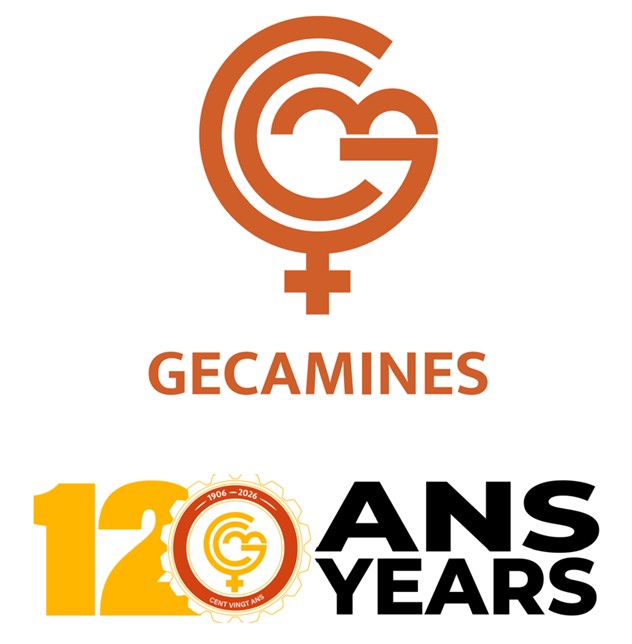
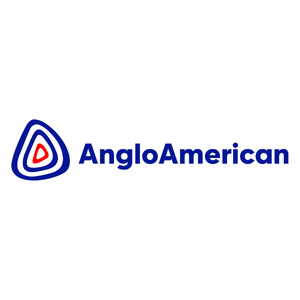

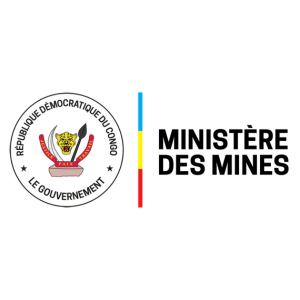
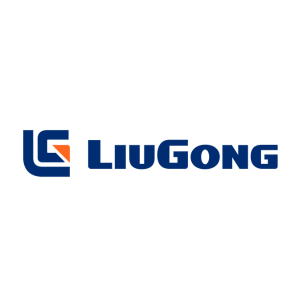
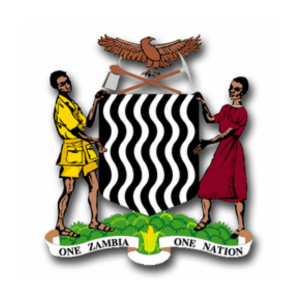

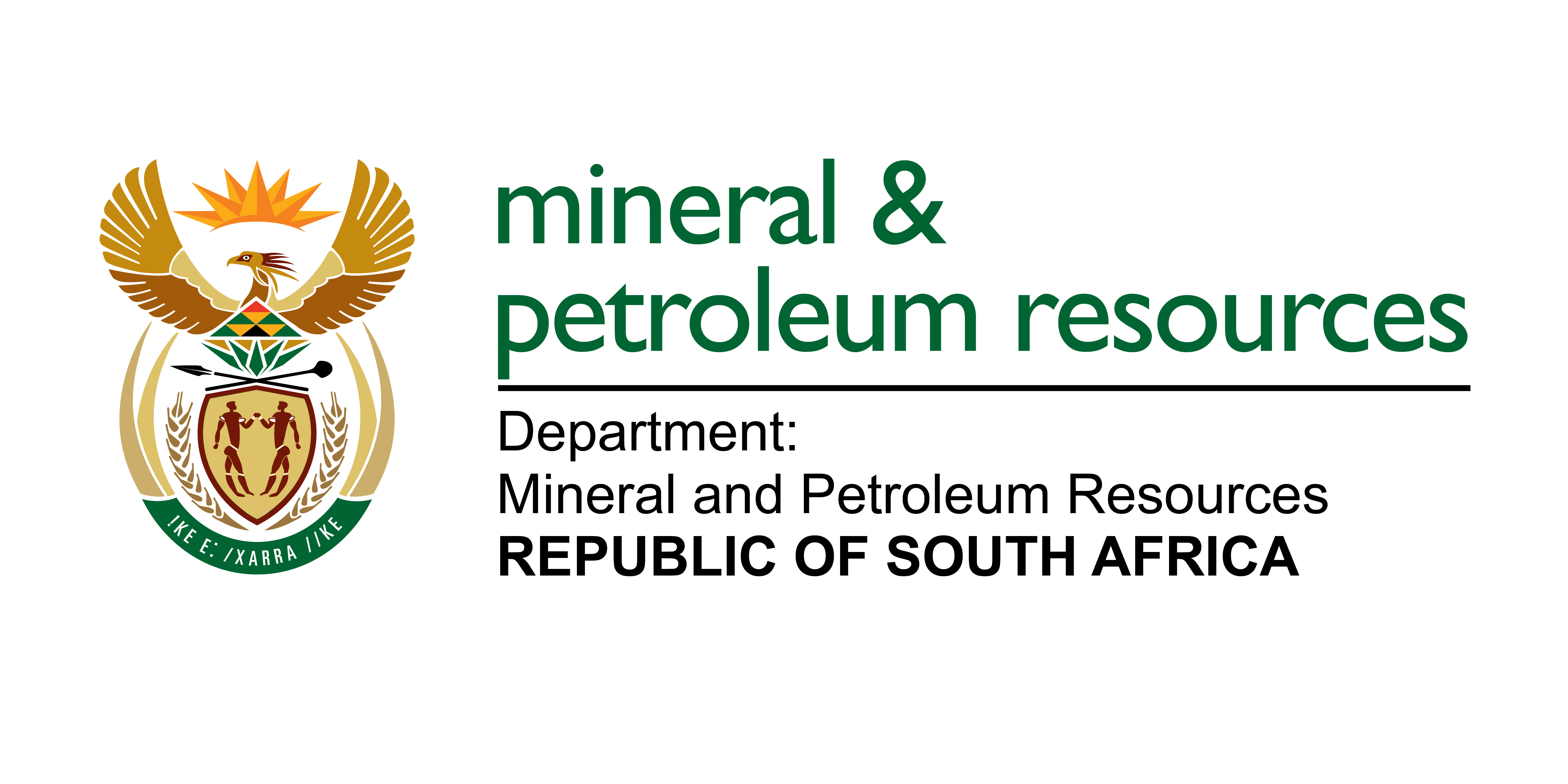-Logo_CMYK_1.jpg?width=1000&height=500&ext=.jpg)
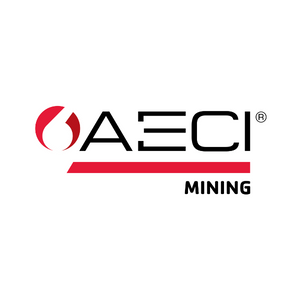



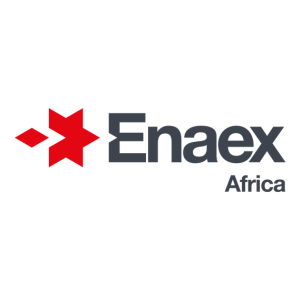


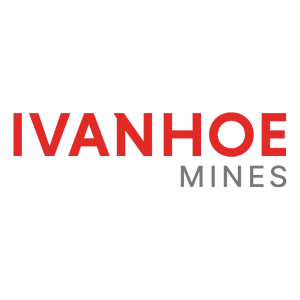
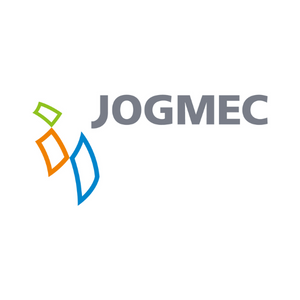

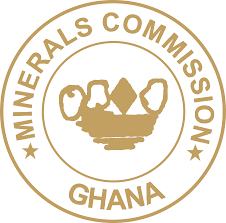
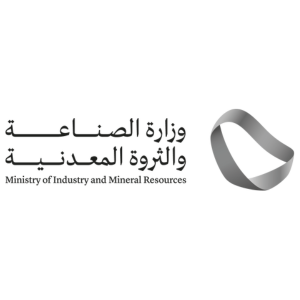
_mi25-weblogo.png?ext=.png)
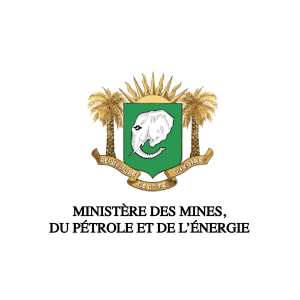
_1.png?ext=.png)


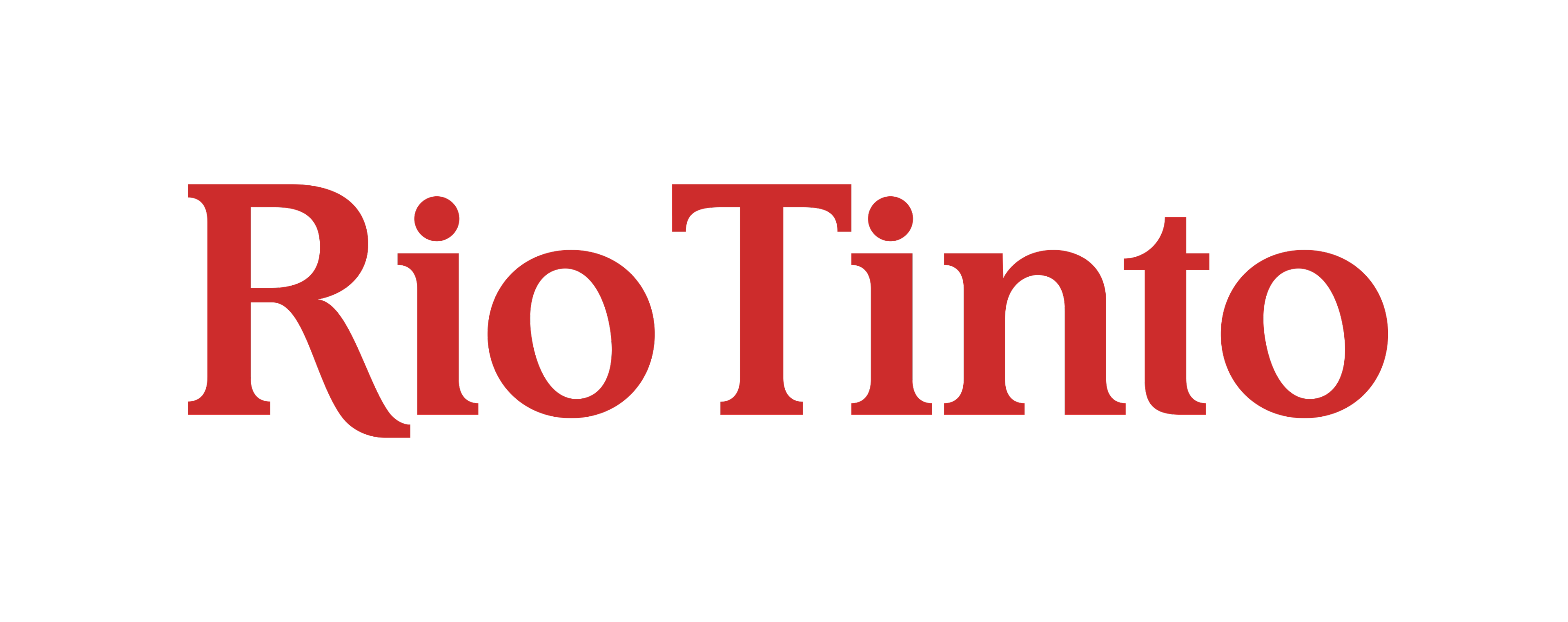





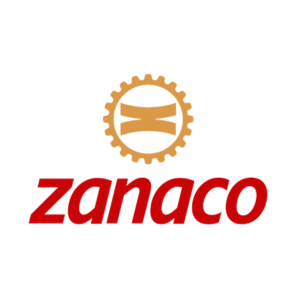

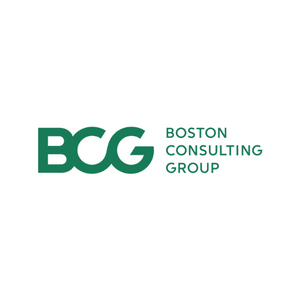







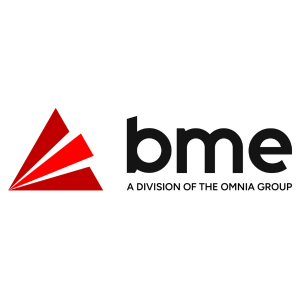


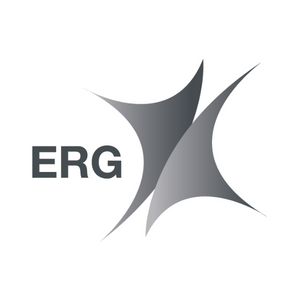




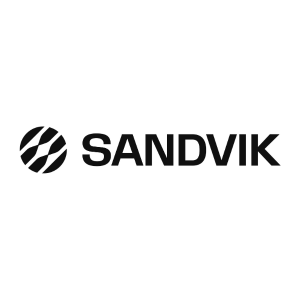
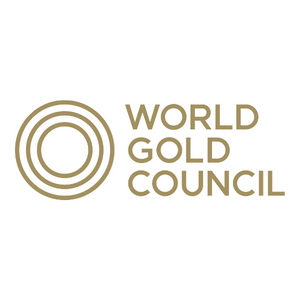

_mi25-weblogo.png?ext=.png)



